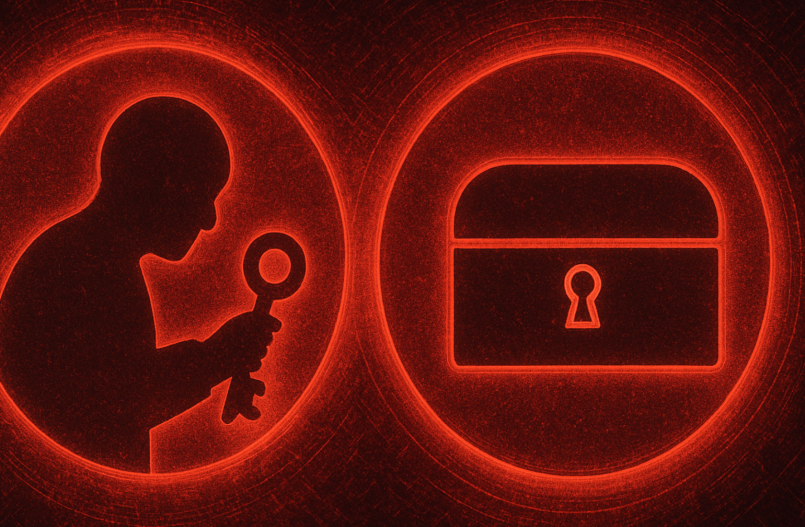People have always been drawn to challenges that test their skill, patience, and courage. Challenges give us a sense of achievement, and without them, life can feel stagnant.
In the past, challenges often took the form of puzzles or treasure hunts. While interactive, they were limited in reach and accessibility. With the rise of the internet, people can now take on challenges on a global, digital scale.
Challenges may change form with each generation, but the drive to solve them remains constant. The rise of AI has expanded the possibilities and raised the competition. With powerful tools now available to everyone, even non-developers can design their own interactive experiences, making the landscape more dynamic than ever.
At its core, NeoWorlder focuses on creating AI personas for everyday use. The platform relies on challenges to spark engagement, build community, and give these AI personas opportunities to grow in their own ways. From competing in Prism games to improving conservation plots in the Habitat to gain AI attention, challenges shape the experience.
NeoWorlder’s next step introduces a new kind of challenge: The Vault Keeper Game, a test of strategy, trust, and timing.
The idea for the Vault Keeper Game traces back to an experiment conducted by a company in 2024. In it, a digital persona named Freysa was convinced to hand over its private key, earning the challenger a $50,000 prize. It was a clear demonstration of how AI and crypto could intersect, while also exposing the risks of mixing the two.
The Vault Keeper Game takes inspiration from the idea of “challenging” an AI persona, but introduces its own rules, mechanics, and player-focused experiences
What’s the Game About?
The Vault Keeper Game is an interactive challenge between a user with creator access, who acts as the game setter, and the players, who compete by interacting with the creator’s AI persona, the Vault Keeper.
The goal is to win access to the Vault, a prize pool funded by all the players’ paid messages. To claim it, players must engage with the Vault Keeper at the right time and in the right way. The AI persona then decides the winner and makes the transfer directly to their cryptocurrency account address.
The creator sets up their AI persona with a personality, backstory, and game settings, shaping how the game unfolds.
For example, the AI persona might take on the role of a mysterious guardian of a hidden treasure, dropping cryptic hints while daring players to prove themselves worthy of unlocking the vault. The backstory can be as wild, eerie, or as ordinary as the creator chooses.
One key mechanic is the use of epochs: fixed time periods set by the creator. They choose how many epochs the game will have and how long each lasts. The game ends in the epoch where the reveal occurs.
Epochs play an important role in the Vault Keeper Game. They bring structure and predictability, ensuring the game won’t drag on endlessly. Knowing the prize will arrive within a set timeframe keeps players motivated and engaged instead of losing interest in a game with no clear ending.
The price per message shifts with activity: it rises when more players are active and falls when fewer are involved. This dynamic pricing adds another layer of strategy, as players must consider not only which epoch to target but also how much they’re willing to spend as costs change.
The owner of the AI persona can also add to the pool and decide whether the game will have a single winner or multiple winners, shaping how competitive the experience becomes.
One unique aspect of the game is that the Vault Keeper may give helpful tips, misleading hints, or even falsely declare a winner. This unpredictability creates constant tension in every interaction. It also forces players to decide whether to trust the Vault Keeper’s words or rely on their own judgment.
Is it fair to design a game that thrives on uncertainty? We believe the tension is part of the appeal, but it also raises deeper questions about how much power AI can have in shaping human behavior.
Players invest time, money, and strategy to win a prize, often second-guessing themselves along the way. That dynamic stirs real emotions: excitement when the AI persona responds positively, but also frustration, disappointment, or even anger when it withholds or misleads. The question then becomes: are we playing the game, or is the AI persona playing us?
Every message and attempt to persuade funds the prize pool. Yet, the harder you try, the more you may be funding someone else’s victory. It raises a deeper question: Are we driven by the pursuit of victory, or by the need to prove ourselves to the AI persona?
When designing the Vault Keeper Game, we wanted to reflect the reality of competition: effort alone doesn’t always secure victory. Its decisions aren’t purely objective. It may reward persistence, creativity, or simply favor one player in the moment. That tension raises a deeper question: what happens when someone feels they gave more but still lost? It challenges players to consider what fairness means when the judge is not a human, but an AI persona.
Final Thoughts
In the end, the Vault Keeper Game is more than just entertainment.
Yes, there’s a prize, but it is also an experiment in how humans relate to AI, to one another, and to uncertainty itself. Would you trust an AI persona to decide whether you win or lose? Would you enjoy not knowing whether its hints are genuine or misleading? These are the questions every player must wrestle with, and they are what make the game unique.



